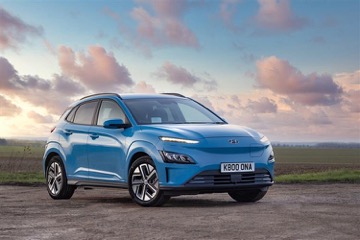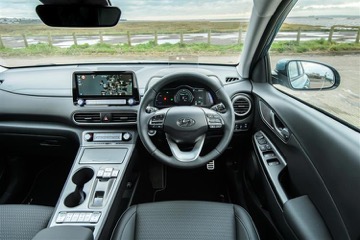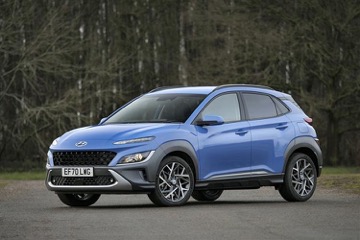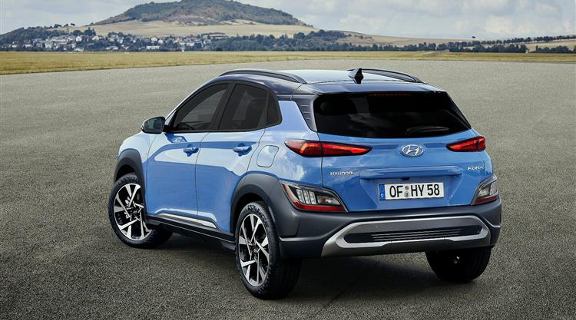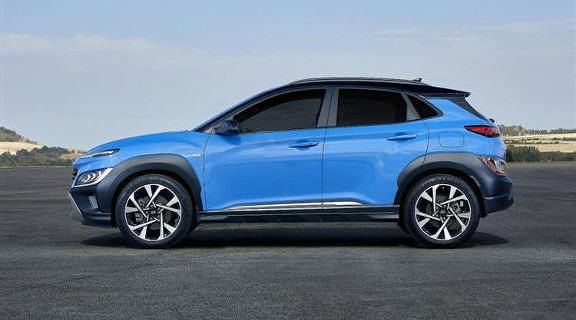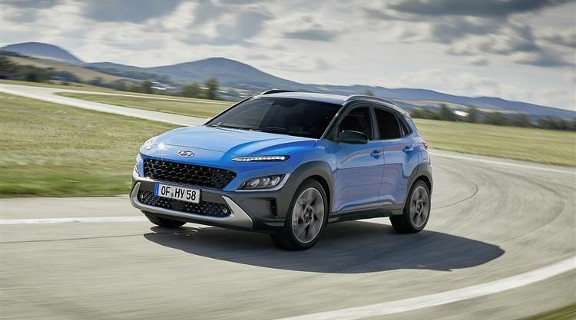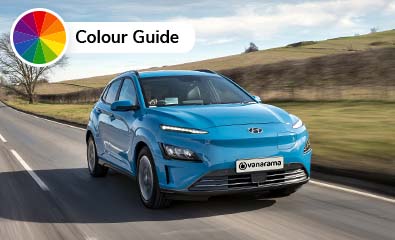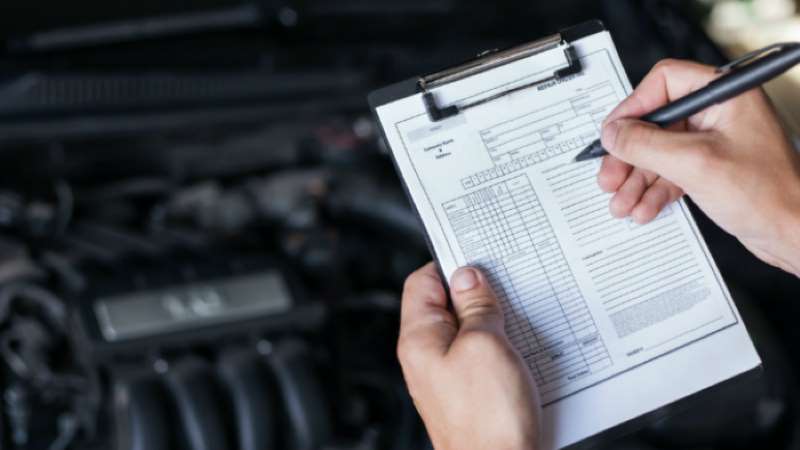Hyundai Kona Lease Deals
The Hyundai Kona is a compact SUV that mixes quirky styling with plenty of equipment. It is ideal for urban driving and is available in petrol, hybrid and full-electric versions.
If you’re looking to lease something that catches the eye and comes with plenty of features, but won’t cost the earth, then the Hyundai Kona should be on your shortlist. Our Hyundai Kona lease deals are the most affordable way to drive a brand-new economical and efficient family SUV.














